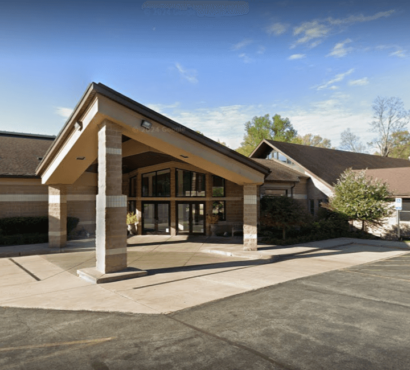If every person served has their own unique “fingerprint” of abilities, talents and challenges, how do you develop a person-centered care plan that’s tailored to the unique needs of each?
Enabling technology not only helps those you serve increase their independence, but also provides data that identifies a person’s preferences, strengths, and needs, and tracks progress that is evaluated objectively over time.
Here are a few ways that data can be used to enhance person-centered planning:
- Data provides a holistic view of the individual served.
Collecting and analyzing data about the person’s interests, goals, abilities, and challenges can help create a more complete view of who they are and what motivates/demotivates them. This information can then be used to develop plans that better encompass the person’s unique needs.
For the care provider/job coach, the data they receive can help them determine high vs. low needs individuals and ultimately, help them allocate their resources more effectively. - Using data to track progress and setbacks
Data can be used to monitor progress towards achieving goals and objectives. This can help identify what elements of a person-centered plan are working, where they may be able to fade from human support.
Additionally, data can also help you determine what areas of their care need adjusted and/or call for additional support. - Identification of trends
Analyzing data across multiple individuals over time can reveal patterns and trends that can be used to continue customization of an individual’s person-centered plan. In this process, data reveals critical information that allows care providers and job coaches to step in with additional communications, tools or support to ward off crises before they happen.
Data (as a way to identify trends) is the main ingredient in taking your provider agency from reactive management to proactive management of the people you serve. - Informed decision-making = more positive outcomes
Similarly, data provides a higher level of visibility into the lives of the individuals served.
As care providers and job coaches leverage data to understand the people they serve better, monitor their individuals more effectively and identify trends in their behaviors – person-centered plans become more honed-in. As person-centered plans become more honed-in – outcomes improve. (Simple as that!)
CreateAbility has been helping organizations who work with individuals with intellectual disabilities and traumatic brain injuries leverage the power of data to not only survive – but THRIVE. (Yes, even in times like these!)
Click here to schedule a live demo of our enabling technology solutions.



